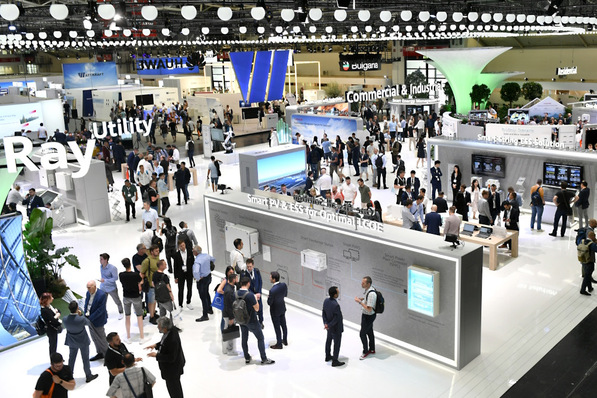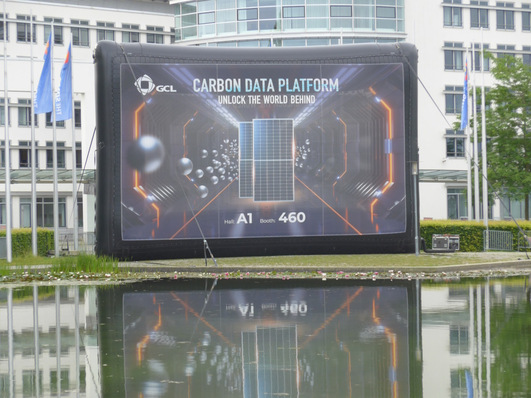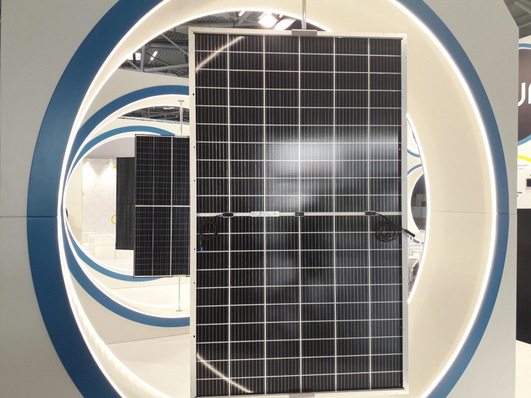1. What are the key components of a solar panel?
The key components of a typical solar panel are polysilicon, aluminium, glass, and copper. Polysilicon is the conductive metal that allows the transformation of the sun’s energy into usable electricity. It is a form of silicon metal derived from quartz mining – essentially sand.
You can read more about the global solar supply chain in this recent report from the International Energy Agency.
2. What are the key components in an electric vehicle?
Lithium is one of the primary components in electric vehicle batteries. A standard battery contains about 8kg of lithium.
The IEA says by 2030, electric vehicles will represent more than 60% of vehicles sold globally. However, the agency also estimates that around 2 billion electric vehicles will be needed by 2050 for the world to reach net-zero emissions. In 2021, only enough lithium was mined to make under 11.4 million electric vehicle batteries.
Lithium global supplies are under pressure because of the rising demand for electric vehicles, and the fact that resources are concentrated in a few areas, like China, Australia, and South America. The world could face lithium shortages by 2025 according to the IEA.
For this reason, it is important to explore new technologies such as lithium-silicon batteries. This work is currently being carried out in the University of Liège.
3. How are researchers in Belgium supporting Europe’s green industrialisation?
Two research groups at the University of Liège(GREEnMat and GeMMe), are working to recycle solar panels to make electric vehicles go further.
The researchers are using silicon from recycled PV solar modules to produce silicon-carbon (Si/C) composite powders. The powder mixture contains properties useful for developing batteries.
Researchers are exploring the benefits of silicon in the development of new, higher energy-density, batteries technologies, which would allow electric vehicles to travel further on one charge.
There is a strong metalwork legacy in Liège, dating back to the Middle Ages where it was one of the most important industrial urban centres in Europe. With the RESILEX project, researchers are honouring the city’s past, and offering a modern reinvention of the city’s economic foundation.
Researchers at Ghent University are assessing the environmental impact of new silicon solutions. They are also investigating silicon recycling, and whether this reduces the environmental impact of mining and manufacturing.
4. Why should we care about recycling solar panels?
Compared to other electronics like fridges, washing machines, or mobile phones, solar panels have a relatively long lifetime of around 30 years. However, as the world will install thousands of gigawatts of solar within this decade (see Q.6), the solar industry is working with researchers now, in order to prepare for responsible end of life management for solar materials.
Solar recycling is also a legal requirement in the EU, under the EU’s Waste from Electrical and Electronic Equipment (WEEE) Directive With this directive, solar panels are in a category of electronic waste with an 85% recovery target, 80% of which consists of reuse and recycling. Solar panels are made up of several valuable materials, such as silicon, aluminum, and copper, that can be extracted and reused in the production of new solar panels.
5. What are the economic benefits to recycling solar panels?
Firstly, up to 90% of a solar panel can be recycled. In the coming years, recycling waste materials from panels will become a stand-alone business model, driving job creation in the EU. According to SolarPower Europe’s 2022 Solar Jobs report, recycling jobs represented nearly 14,000 out of 466,000 solar jobs in 2021. This number should increase in the long-term when more solar is installed.
Finally, recycling solar panels will drive local and qualified job creation for Europe, as waste streams increase. Treatment and recycling facilities are already in place.
6. How many solar panels does Belgium and Europe have right now, how many will they have in future?
Solar energy is a key tool to support energy security and climate goals, and solar panels are more in demand than ever.
In 2022, the EU27 installed at least 41 GW of solar, a 47% increase from 2021.
The International Energy Agency say the EU needs 60 GW of solar in 2023 to compensate for shortfalls in Russian gas.
The EU could install as much as 68 GW of solar in 2023 if we ensure there are enough solar installers, and authorities streamline the administrative procedures to develop projects.
Belgium was the 11th largest solar market in the EU in 2022, installing 1 GW of solar, which is twice as much as Belgium installed in 2021.
Presently, Belgium has the 7th largest solar fleet in the EU – with 7.9 GW installed. Under Belgium’s National Energy and Climate Plan (required by the EU), the country’s average solar target is 8 GW for 2030. It is clear that market reality is outstripping national ambition. In a 100% renewable Europe by 2050, Belgium has the potential for up to 170 GW of total solar capacity.
Thomas Garabetian, Research and Innovation Manager at SolarPower Europe adds,“Projects like RESiLEX are key to developing competitive PV technologies that capitalise on the excellent quality of European research and innovation, bringing more efficient and environmentally-friendly green technologies to the market." (hcn)








